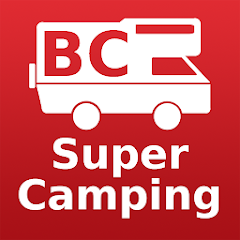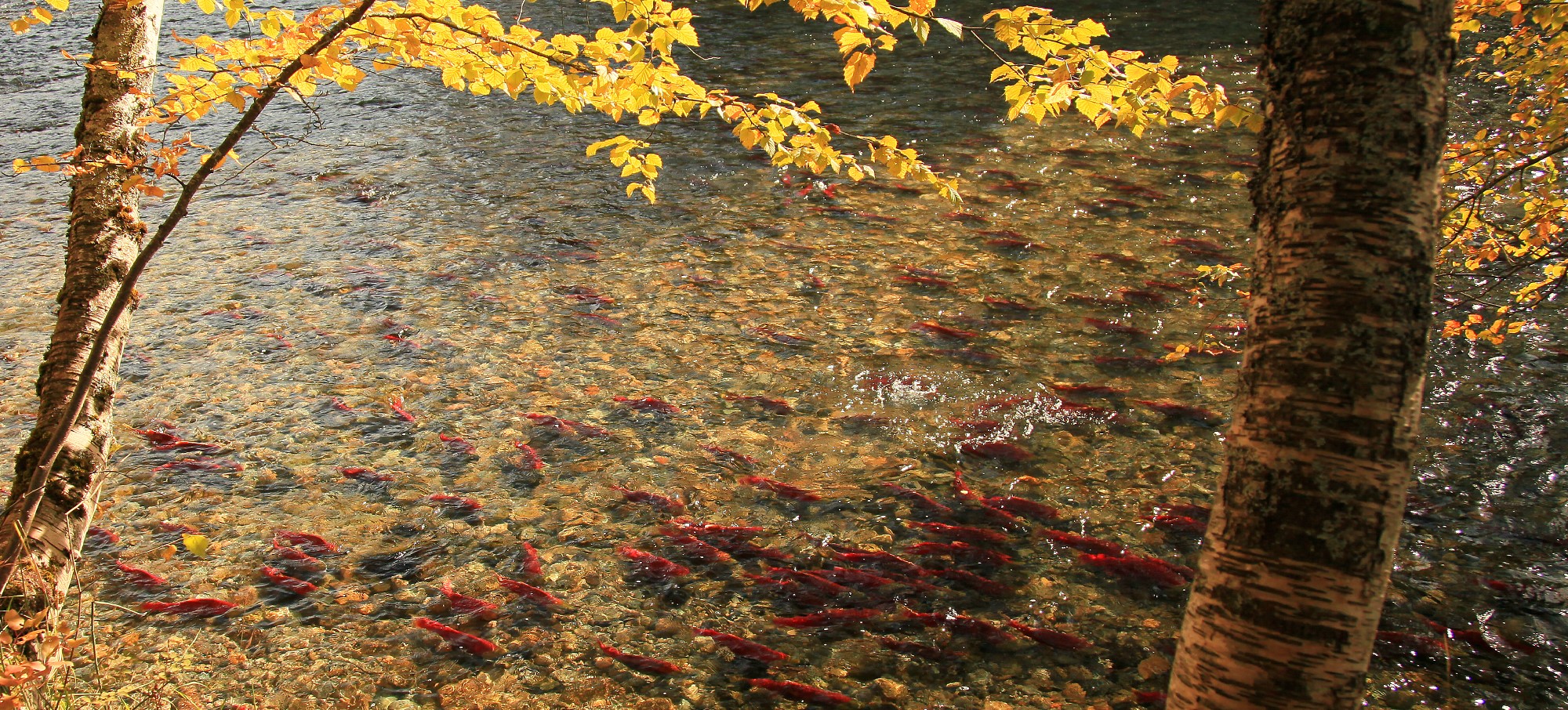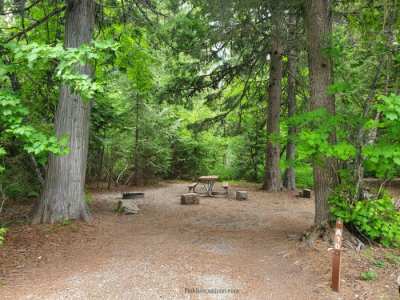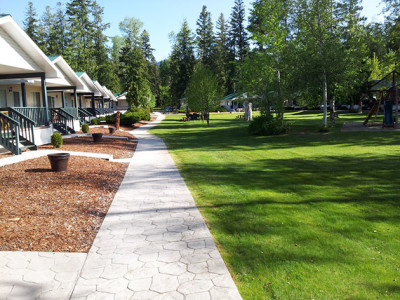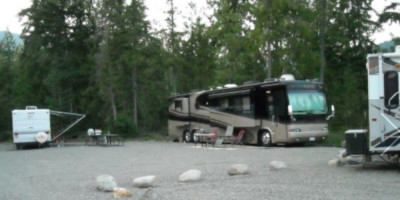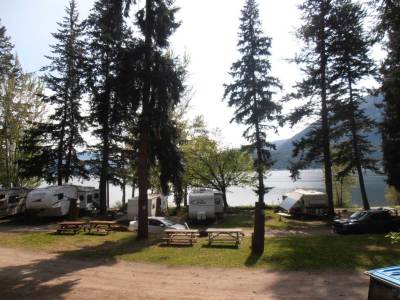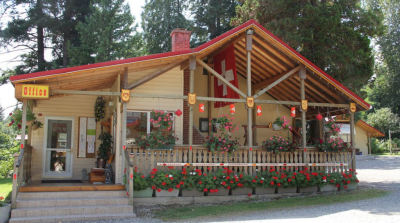Adams River Sockeye Run, Shuswap Lake, Photo Destination BC Chin Lee
Celista
Celista is a small town set amid picturesque backdrops on the north shores of the Shuswap Lake in the Thompson Okanagan region of BC. This area teems with outdoor adventure activities such as hiking, mountain biking, golfing, cross-country skiing and snowmobiling and water sports. Locals will be quick to tell you that summer days are best spent boating, swimming and fishing in the clear waters of Shuswap Lake. Celista is also home to the world-famous Sockeye salmon run on the Adams River. With so much wilderness and a mix of unique restaurants and art galleries, Celista is a perfect destination for a weekend getaway.
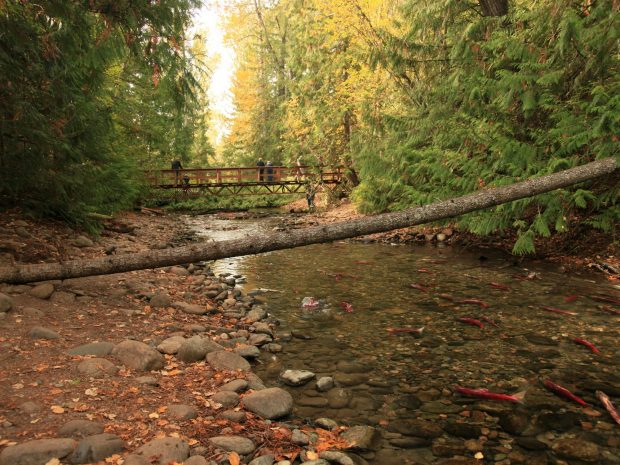
Adams River Sockeye Salmon, Shuswap Lake | Destination BC/Chin Lee
Location
Celista is located on the northern shore of Shuswap Lake 37 km (23 mi) east of Chase, Hwy 1. It is accessed via the Squilax Bridge off Hwy 1 between Chase and Sorrento and the Squilax-Anglemont Highway along the lake.
A Step Back in Time
Human history in the North Shuswap began thousands of years ago with the indigenous cultures. Before 1800, the lake supported over 2,000 natives.
In 1895, the first white settlers left Minnesota and traveled by CPR to Notch Hill. The Henry Bischoff family wheel-barrowed their belongings to Trappers Landing (now Sorrento) and then crossed the lake to Scotch Creek where they settled at what is now Captain’s Village Marina.
An insurgence of settlers followed. Many came from the mining town of Phoenix in southern BC, thanks to Dave Garland. The women were often city girls unsuspecting of the hard life of a pioneer. The newcomers squatted on property that appealed to them and it wasn’t until 1913 and after that these homesteaders had legal right to their property.
In early years, the only transportation was by water. Before 1914, Henry Bischoff used a rowboat and raft to transport people and supplies. Ferry service began in 1914 between Scotch Creek and Sorrento and continued until 1956.
The roads in the region began as small trails between homesteads and to the lake for mail. As the population increased, these trails were widened and eventually a gravel road was completed between Scotch Creek and Anglemont. This road was paved in the late 1960s.
When ferry service was curtailed, emphasis fell on improving the road between Scotch Creek and Squilax and a bridge was built in 1930 at Squilax. The settlers made their livelihood mainly from logging, fruit farming and trapping.
The first post office was a log cabin built in Celista in 1908. The mail came by train to Notch Hill where it was sorted, then hauled down to the boat at Blind Bay, and taken to the north side of the lake.
In 1910, a log schoolhouse was built in Celista. When the hydroelectric power lines stretched to North Shuswap in 1957, everyone happily tossed out their hissing gas lamps and coal oil lanterns.
Even with all of the work inherent in a pioneering lifestyle, the local inhabitants still made time for fun. The schoolhouses doubled as community centers. Christmas concerts, dances and fall fairs were held and also funerals.
Celista and Nearby Accommodations
British Columbia Lodging and Campgrounds Association Members
List
Map
12 Listings
